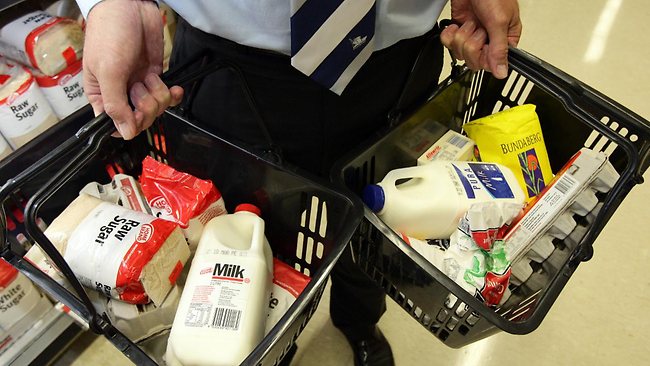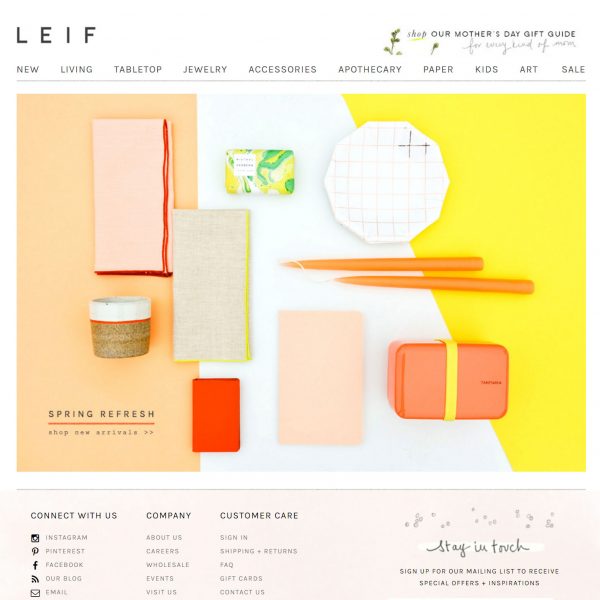
Homebrand, Woolworths private label is gone, and it’s all because of you.
Earlier this year Woolworths announced their plan to rebrand its’ “Woolworths Homebrand” label and absorb it into their other private Label, “essentials”. This realignment is due to a change in customer buying perception and could result in Aldi taking a larger market share.
The Homebrand label which has been an iconic part of Woolworth’s history and now is becoming just that…history. Woolworths plans to remove the Homebrand label because of its’ declining sales and replace it with the “Woolworths Essential” label.
The product strategy shift was a result of declining Homebrand Sales. Homebrand was initially created to represent the cheapest alternative of a product within the supermarket store. The generic design and lack of “frills” gave the products a “cheap” feel. Matched with a price that followed suit, Homebrand targeted Consumers solely concerned with price.
Unfortunately, the no-frills approach also gave the appearance of a low-quality product, which left an opening in the market for a competitor.
In 2001, Aldi entered the Austrailian market and brought a multitude of private brands with a similar price point and superior branding to that of both Woolworths and Coles.
Aldi reimagined the way customers looked at low-cost products and raised the bar on consumers expectations.
Woolworths initially created the brand on the assumption that in a mindless, almost routine task like shopping, consumers use simple factors like price or brand to determine their choice. Recent research, however, shows that the world of increasing product competition and availability, buyers are seeking out the best value when buying.
Risks Associated With Private labels
Having a private label can be a good thing, you can cut out the distributor and go straight to the supplier to increase your profits and control the quality.
As we can see from Woolworths case, it can also have its’ drawbacks, especially if you misread the buying habits of your customers.
Woolworths new strategy is to increase the customers’ perception of quality through packaging and maintain a competitive ticket price.
The New Wave
Shortly you will see reduced amount of choices on supermarket shelves with an increase in the quality of the packaging. According to recent consumer psychology research, Australians are spoilt for choice and find it difficult to select a product due to the number of options, making them frustrated and less likely to purchase.
Woolworths is late to the party on the minimalisation trend with Coles, Tesco and Aldi all having reduced their product range previously.
Thoughts
What are the larger implications on the market from this reduction in products hitting our market shelves? A smaller selection might increase the convenience for buyers, but it also might mean the bigger labels securing a larger section of the market. Personally, I like having more choices, yeah it is hard to choose sometimes, but it builds competition of quality. If a label doesn’t meet your standards you can quickly switch to another brand which is better quality, without much complication. It’s that tenuous connection with brand loyalty that I’m sure Woolworths is trying to avoid.



